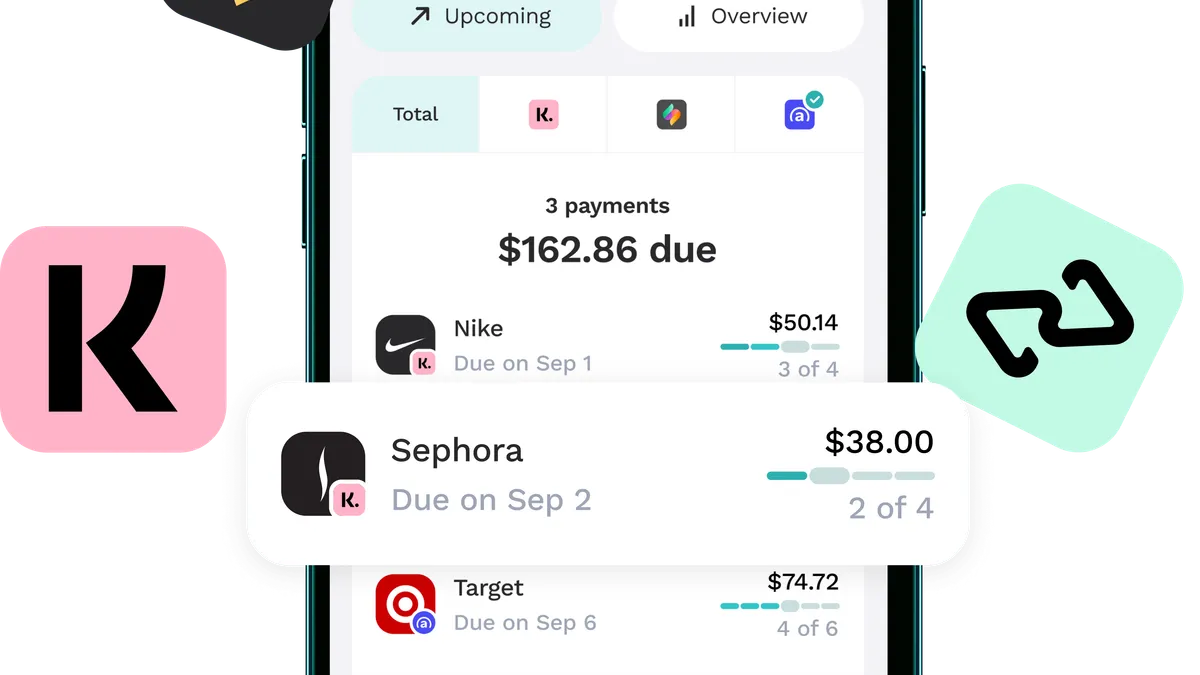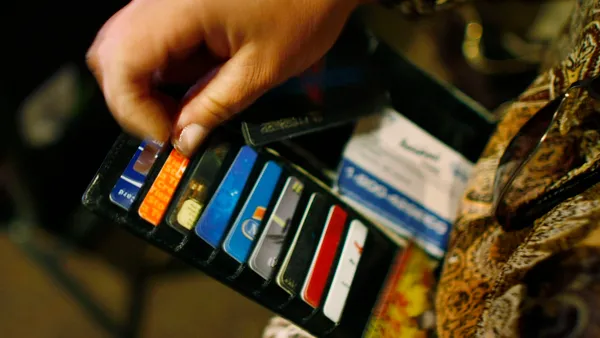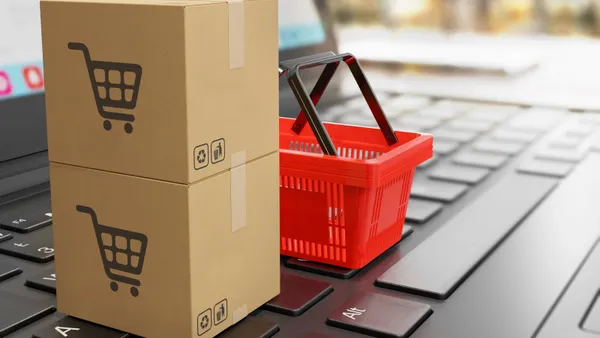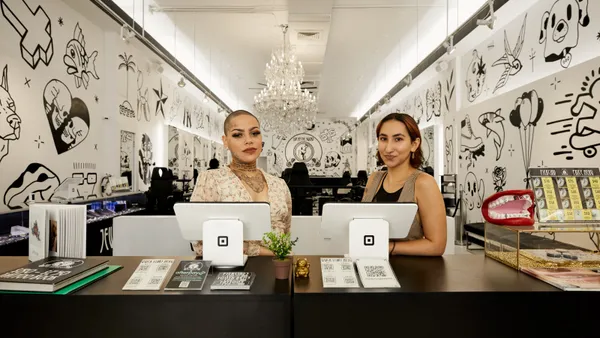Dive Brief:
- Nearly half of buy now, pay later users are from households that earn less than $50,000 annually, according to a Thursday report from Bank of America, which used its own internal data to analyze BNPL use. The second largest group, hovering at about 40% earned between $50,000 and $125,000 annually, while less than 10% of BNPL users earned $125,000 or more, the report showed.
- Millennial consumers are turning to BNPL services the most, followed by Gen X, Gen Z and Baby Boomers. However, the report said the proportion of Gen Z users has grown between March 2022 and March 2024.
- The Bank of America’s analysis found that the share of debit and credit card retail spending in households of heavy BNPL users, defined as 20 or more BNPL payments per month, jumped 15% since 2019, per the report. By contrast, medium and light BNPL users’ credit and debit card spending has declined since 2019.
Dive Insight:
Bank of America’s latest report signals that the growth of buy now, pay later services is continuing to slow down. The bank’s analysis of its internal data found that the proportion of Bank of America customers having made a BNPL payment grew by only half of a percentage point in March 2024, relative to the year-earlier period, down from the one percentage point increase logged in March 2023, and almost 2.5 percentage points in March 2021.
In another report released last December, Bank of America found that the share of U.S. consumers who downloaded BNPL apps between Black Friday and Cyber Monday dipped by 4.5%, compared to the previous year. That was an about-face from 2022 when BNPL app downloads surged 4.4% over 2021.
In addition to tracking the slowing growth, Bank of America’s findings further contextualize other research suggesting that financially struggling consumers are turning more to installment payment providers. Six in 10 BNPL users who responded to a quarterly survery by the Federal Reserve Bank of Philadelphia said they experienced some sort of financial disruption in their lives in the previous year, including loss of government benefits or a natural disaster. Another survey from YouGov and Bankrate released last month found that half of respondents used BNPL services to stretch their cash flow over installments.
Meanwhile, industry analysts have sounded the alarm on the health of the BNPL market. In November, Moody’s warned in its report that some BNPL providers could be acquired, and others might shut down altogether if they cannot withstand regulatory changes and compete with one another.
Still, the buy now, pay later market continues to attract retailer partners. Last month, Walmart introduced installment payment provider One to customers in select stores. The retail giant has also partnered with Affirm to provide a BNPL option.











